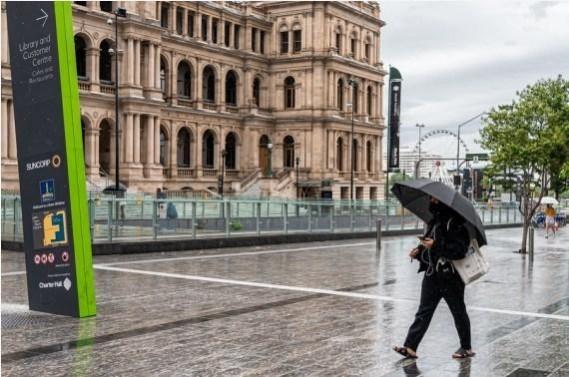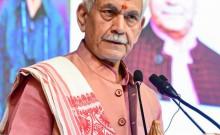Almost 40 per cent of Australian small and medium business owners are facing labour shortages, according to one of the nation's largest banks.
New research by the National Australia Bank (NAB) revealed on Wednesday that hundreds of small and medium enterprises say their staffing shortfalls were having a "very significant" impact on their ability to operate.
The survey, based on the responses of about 800 small and medium enterprises, which are businesses with less than 200 employees, showed that about one in three bosses expected the impact to continue over the next 12 months.

NAB Business and Private Banking Group Executive Andrew Irvine said the findings aligned with comments he had been hearing from business owners throughout the year.
"When I'm out talking with customers, the number one issue they continue to raise is labour shortages -- and this is across all sectors, and all parts of the country," Xinhua news agency quoted Irvine as saying.
"Businesses owners are crying out for more workers -- people on the shop floor, labourers to finish off jobs, drivers, pharmacy workers -- you'd be hard pressed to find a business owner who hasn't had trouble finding people to do the job."
By state, 43 per cent of small and medium enterprises in Western Australia reported significant labour shortages, followed by 37 percent in Victoria, 35 percent in Queensland and 33 percent in New South Wales.

Businesses in the health and construction sectors reported the greatest concern, with around half labelling labour shortages as being a key issue.
For businesses in agriculture, hospitality and tourism, the data was more promising. In the last quarter, labour shortages in accommodation fell 32 percent, likely due to state and international borders reopening.
Almost half of the small and medium enterprises believed the shortages could be solved by increasing traineeships and apprenticeships and increasing migrant intake.
"As borders have opened, there have been some improvements -- but there's much more to do," Irvine said.
"We need to look at our migration settings, how we can get more people into the labour force and our skills and training systems."
Irvine also said further government investment in training and upskilling the Indigenous workforce was important.
"Finding skilled Indigenous workers is a challenge, so we want to see more skilled Indigenous people in the workforce," he said.

















